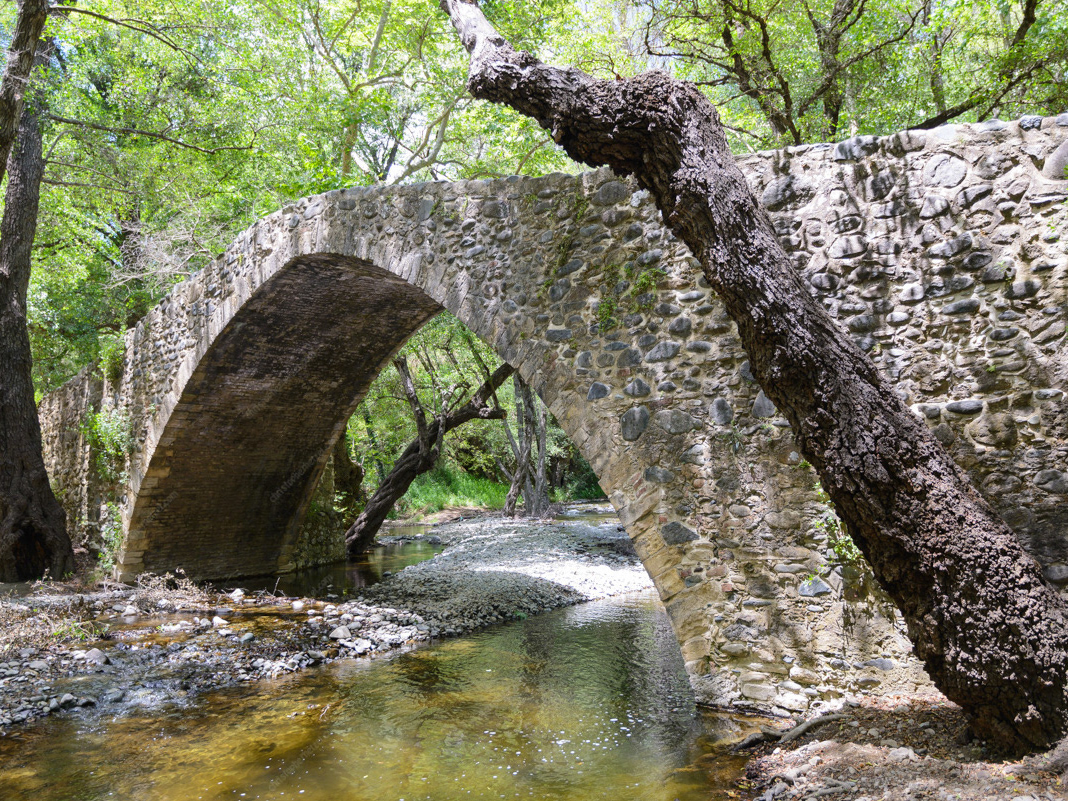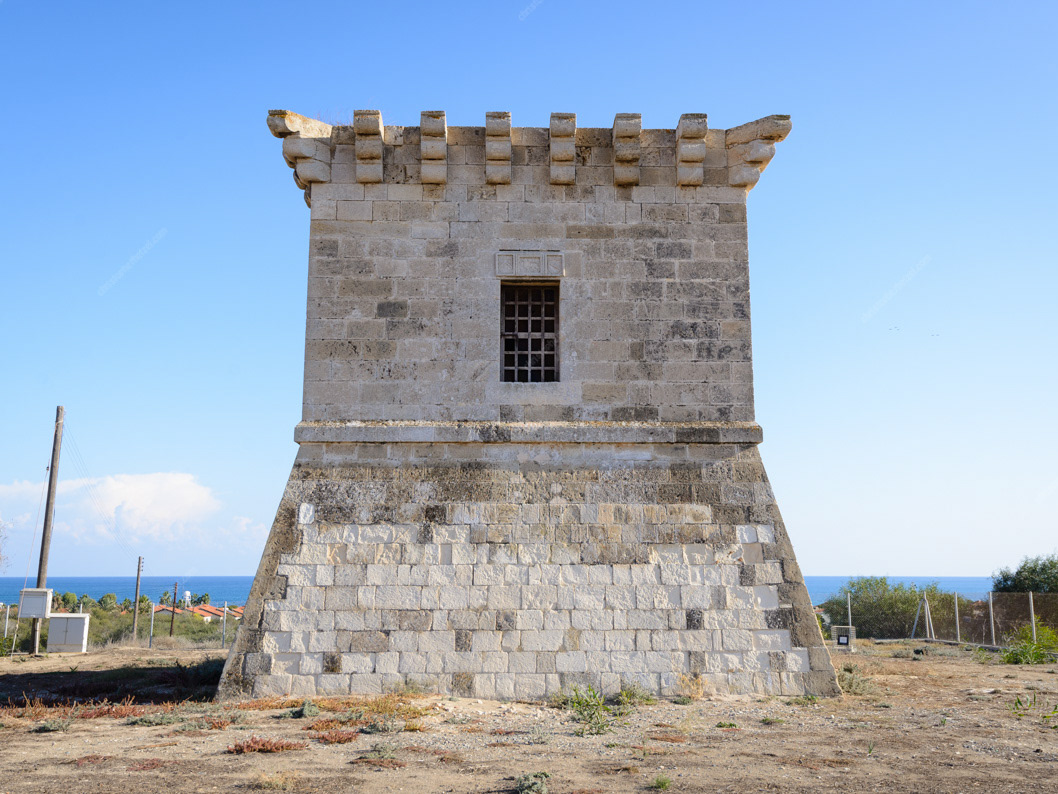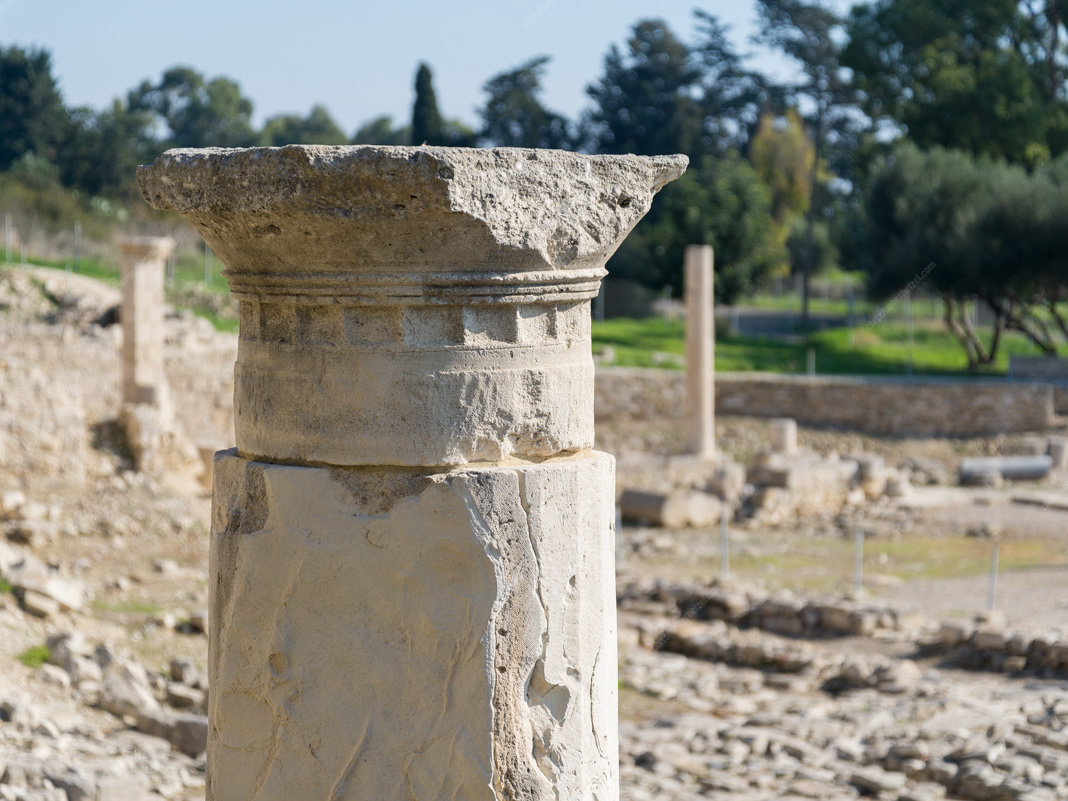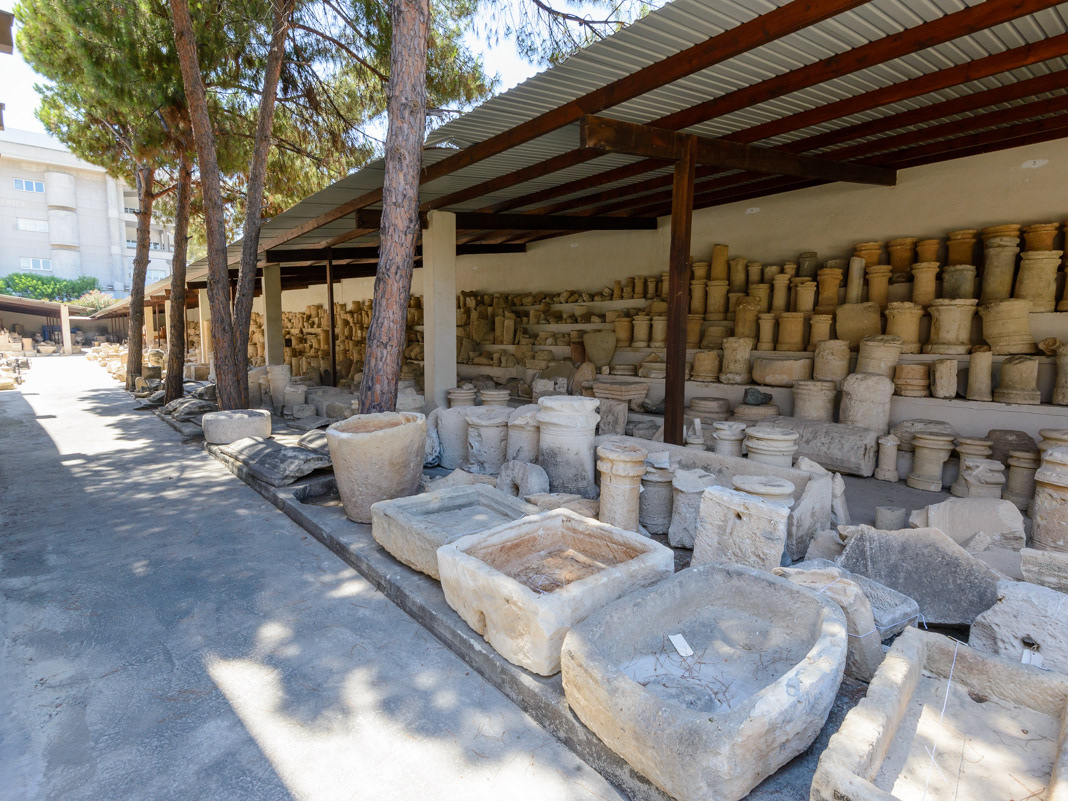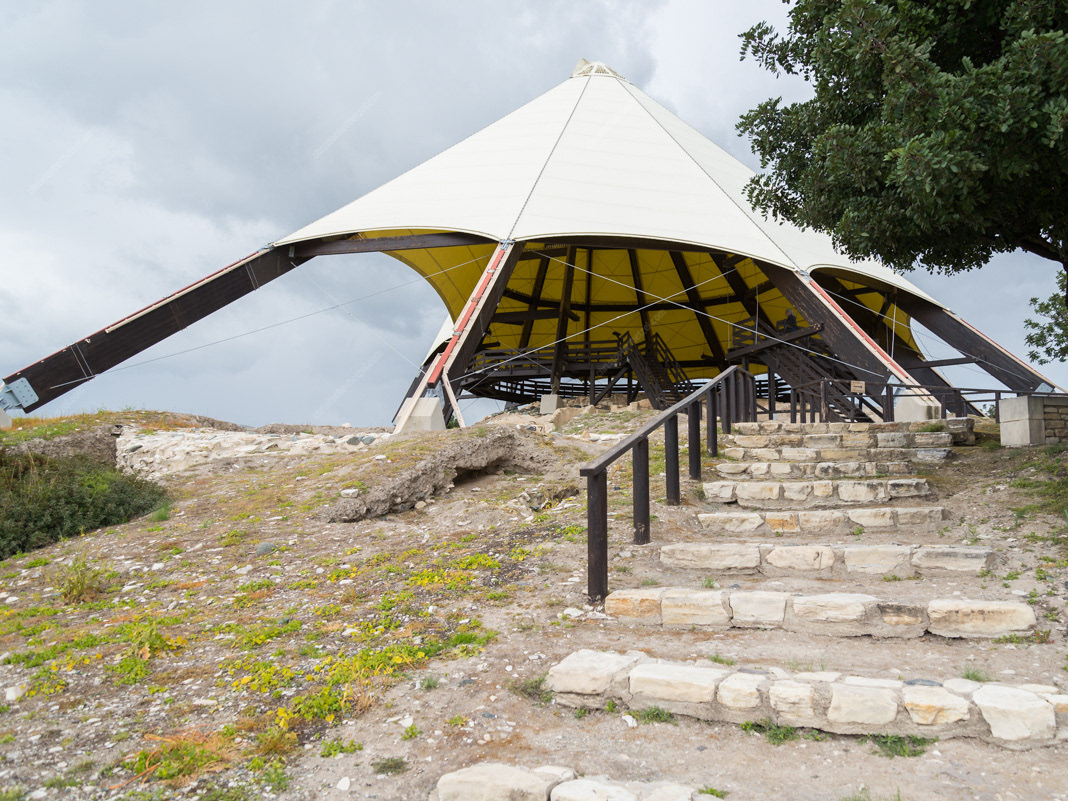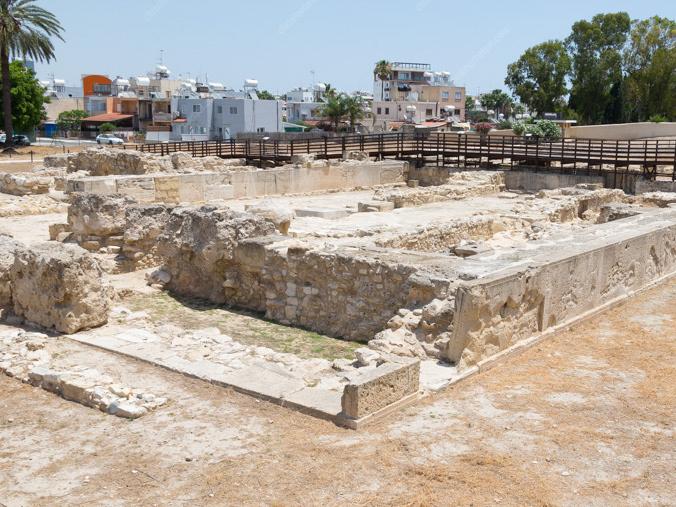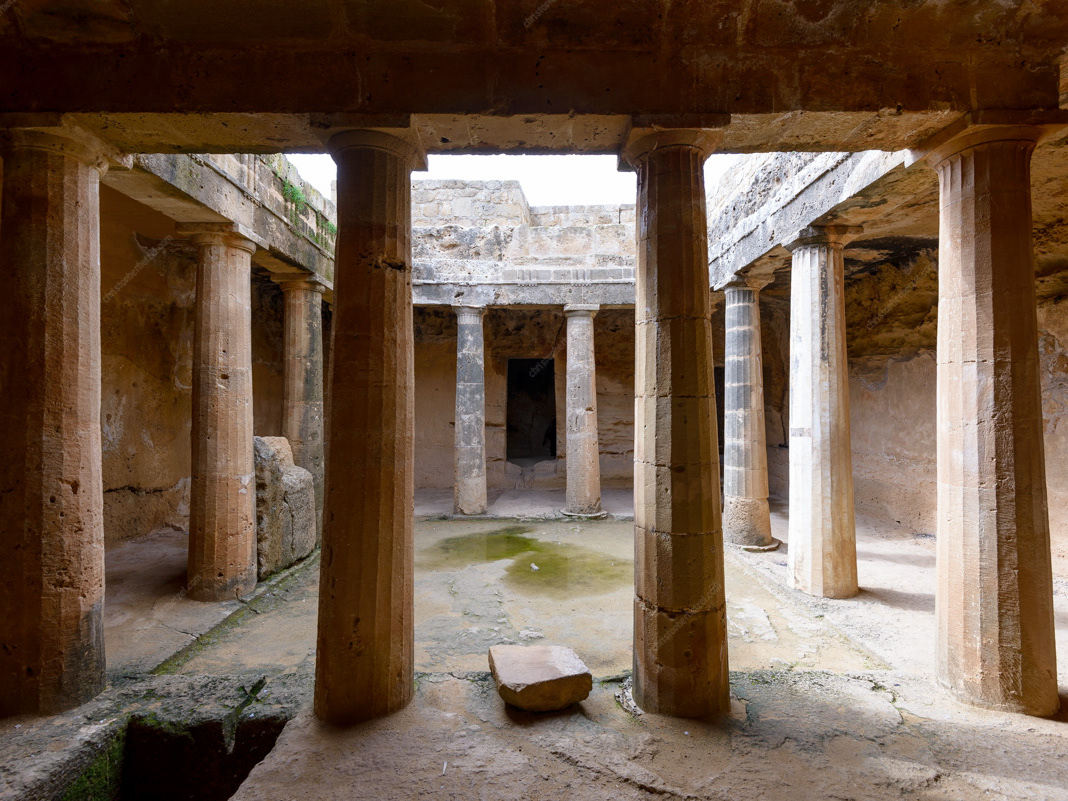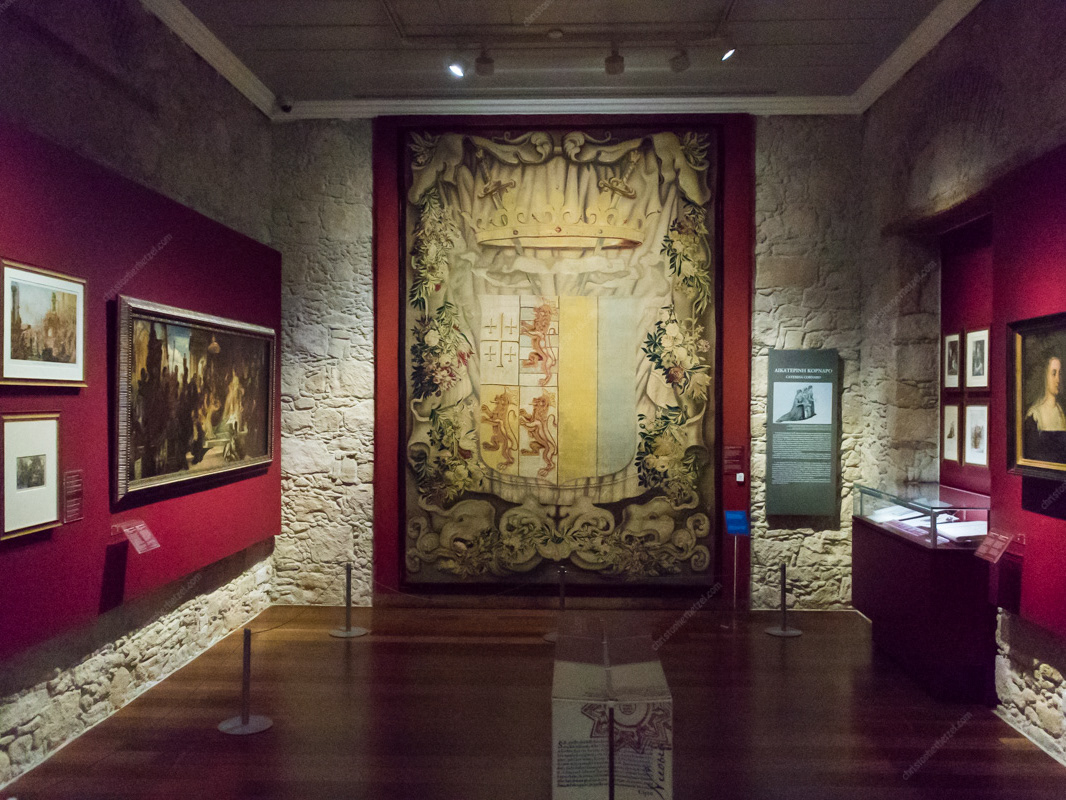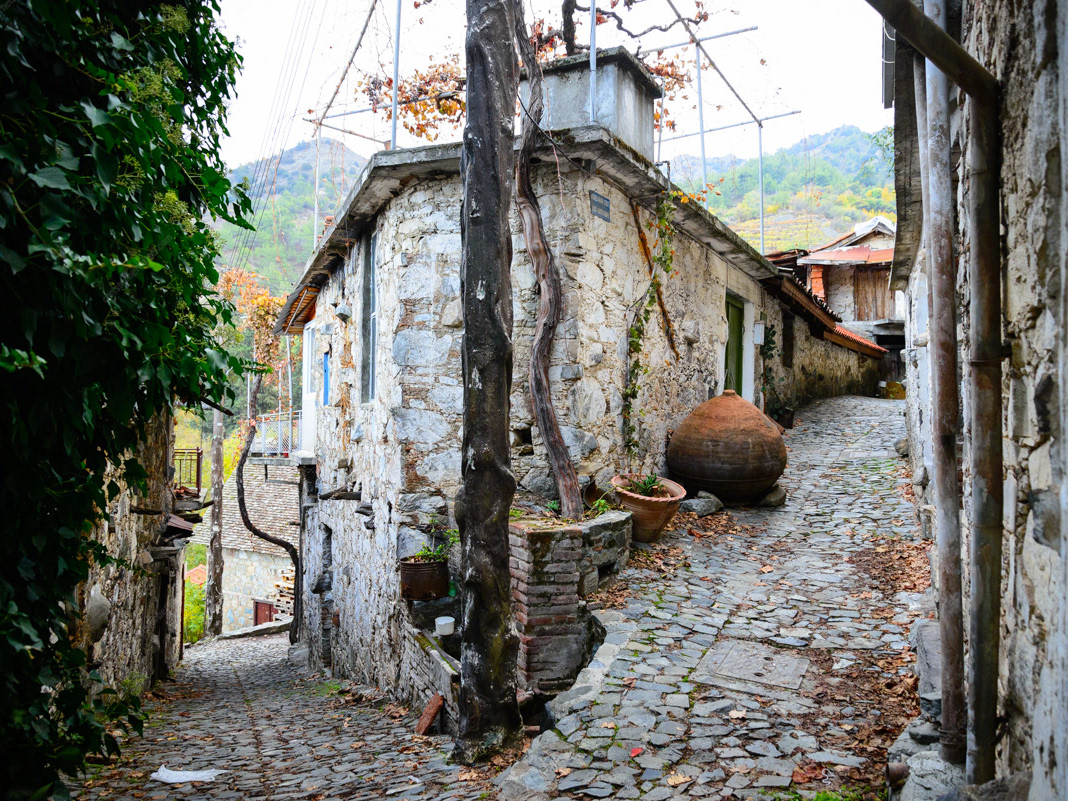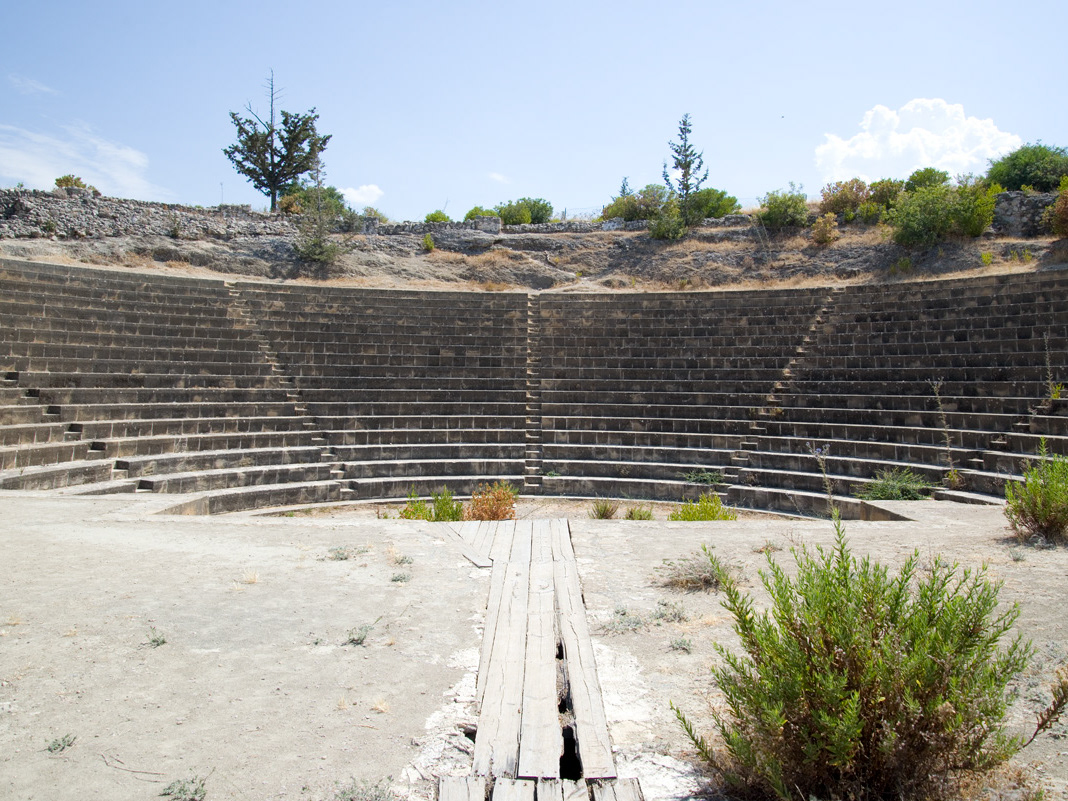The Lempa Prehistoric Settlement is an archaeological site in Lempa, Cyprus, a longstanding village located north of Paphos and internationally known for its community of artists. The archaeological site is worth visiting for two important reasons. First, it is the excavated site of one of Cyprus' earliest Chalcolithic period settlements, known as Lempa-Lakkoi, which existed for an entire millennium, from about 3500 to 2500 BC. Second, it is the location of the first experimental archaeology program in the Eastern Mediterranean region, one that has successfully been ongoing for the last 30+ years.
Since 1976, the School of Archaeology at the University of Edinburgh has conducted excavations at Lempa-Lakkoi. These excavations have uncovered the remains of seven, densely clustered, mainly circular structures with no defensive walls, and a number of tombs and other burials. The stone foundations of three structures were found in good condition and today remain easily recognizable. In two, archaeologists found central lime plaster-covered hearths made of stone, and post holes in the floors that were the locations of vertical roof supports. Scholars believe the structures were individual rooms of the same domestic complex (i.e., one big house), rather than a cluster of distinct buildings.
Near the structures, a significant number of pit-shaped tombs were discovered. The majority of these contained skeletons of children and infants, suggesting the adults may have been buried elsewhere farther from the settlement. Among the grave offerings, pendants or small figurines were discovered, one or two in each tomb. In particular, numerous stylized female figures of stone, clay, and (especially) picrolite were found, evidencing the worship of a powerful fertility goddess - an early precursor of Cyprus' Great Goddess, better known as the goddess Aphrodite. One figure, the largest and most important Chalcolithic figure yet discovered in Cyprus (the so-called 'Lady of Lempa', now in the Cyprus Museum), was found in the floor of one of the structures.
The university's experimental archaeological building program began in the late 1980s. Using data collected from the excavations, the program's goal was to better understand how these prehistoric structures were designed and constructed, through their replica construction and the impact their subsequent deterioration and destruction has on the formation of archaeological sites. In total, seven structures were recreated on an adjacent site, using the same materials, technology, and manufacturing methods as those available in the Chalcolithic period and evidenced by the site's archaeology. Notably, the buildings' designs - such as the placement of doors and windows, their floorplans, and the largest house's colorful decoration - were faithfully rendered based on a clay building model from 3,000 BC, excavated at another nearby Chalcolithic settlement site.
The largest replica circular structure has an external diameter of 10 meters and represents a Middle Chalcolithic house. Other replica structures represent smaller houses from the Middle and Late Chalcolithic periods, while a few others were constructed just to be purposely destroyed by fire or natural deterioration over time (both of which were/are being carried out). The permanent structures, meanwhile, have been periodically repaired and renovated. During each episode, archaeologists have learned valuable lessons about the buildings' construction, even resulting in important alterations to their designs. The most recent renovation was completed in 2019.
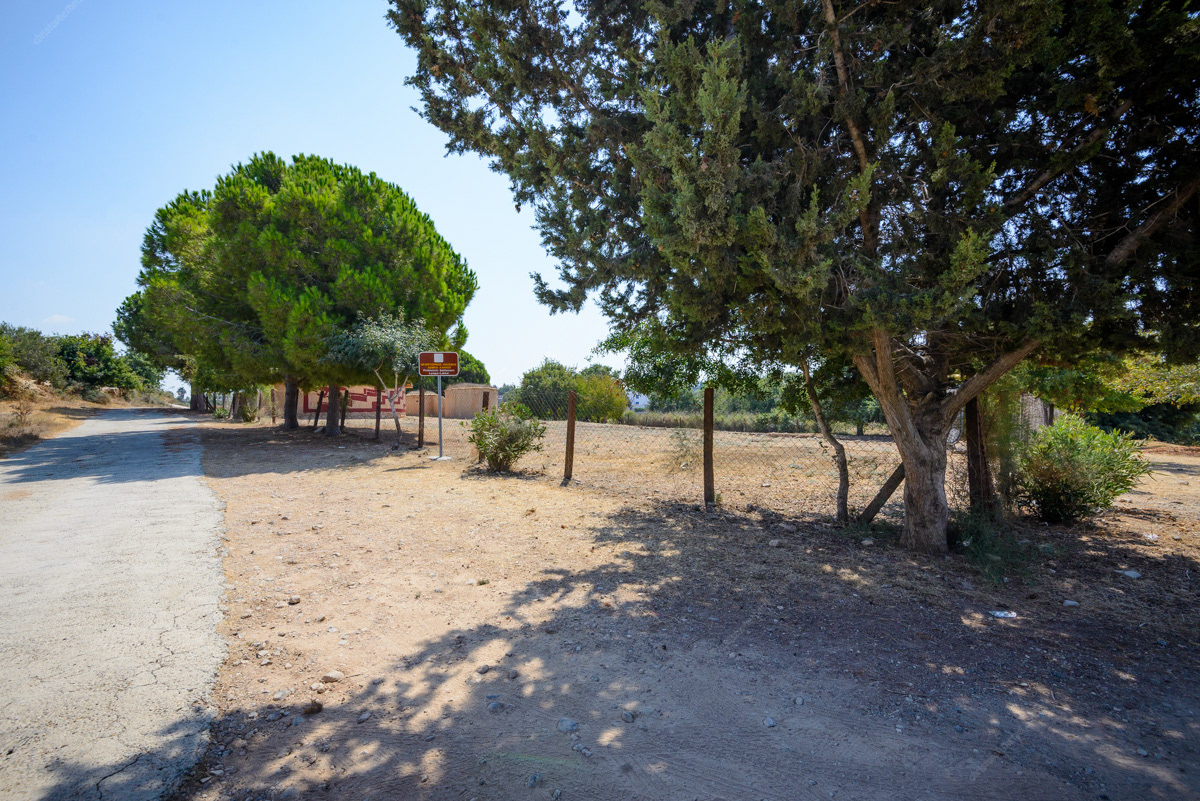
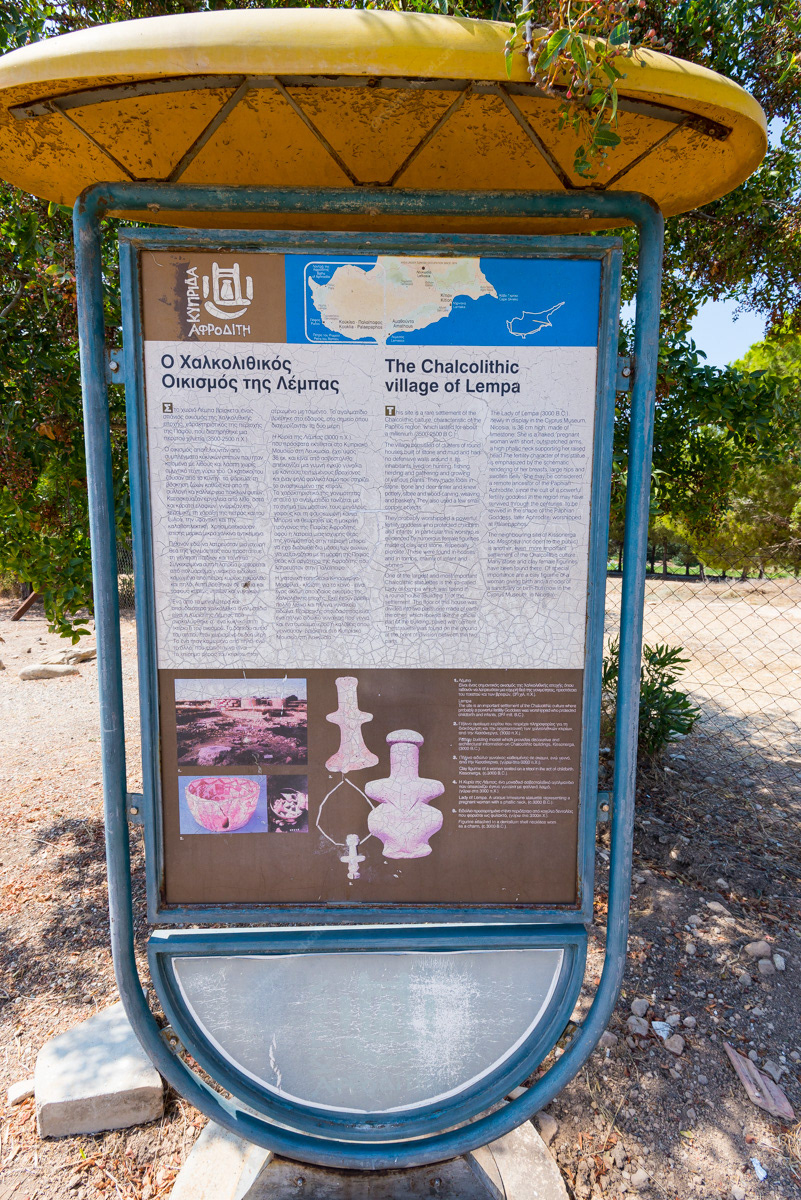
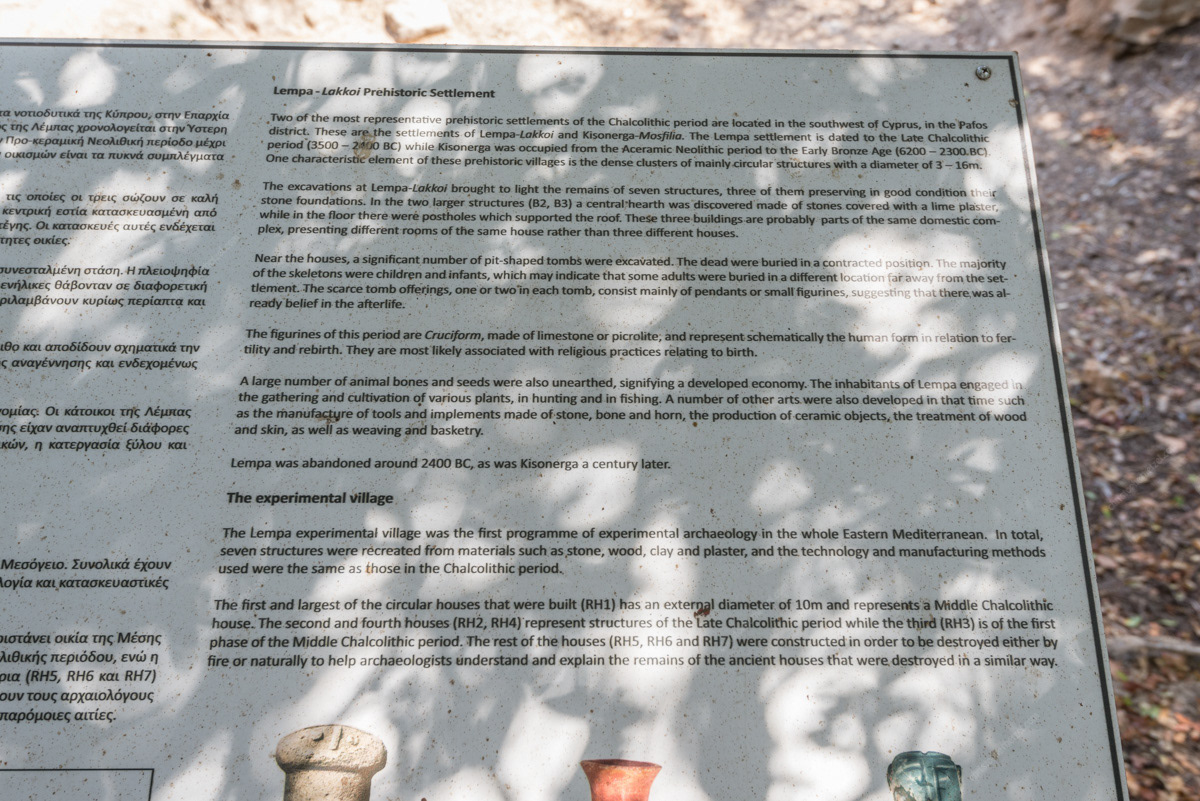
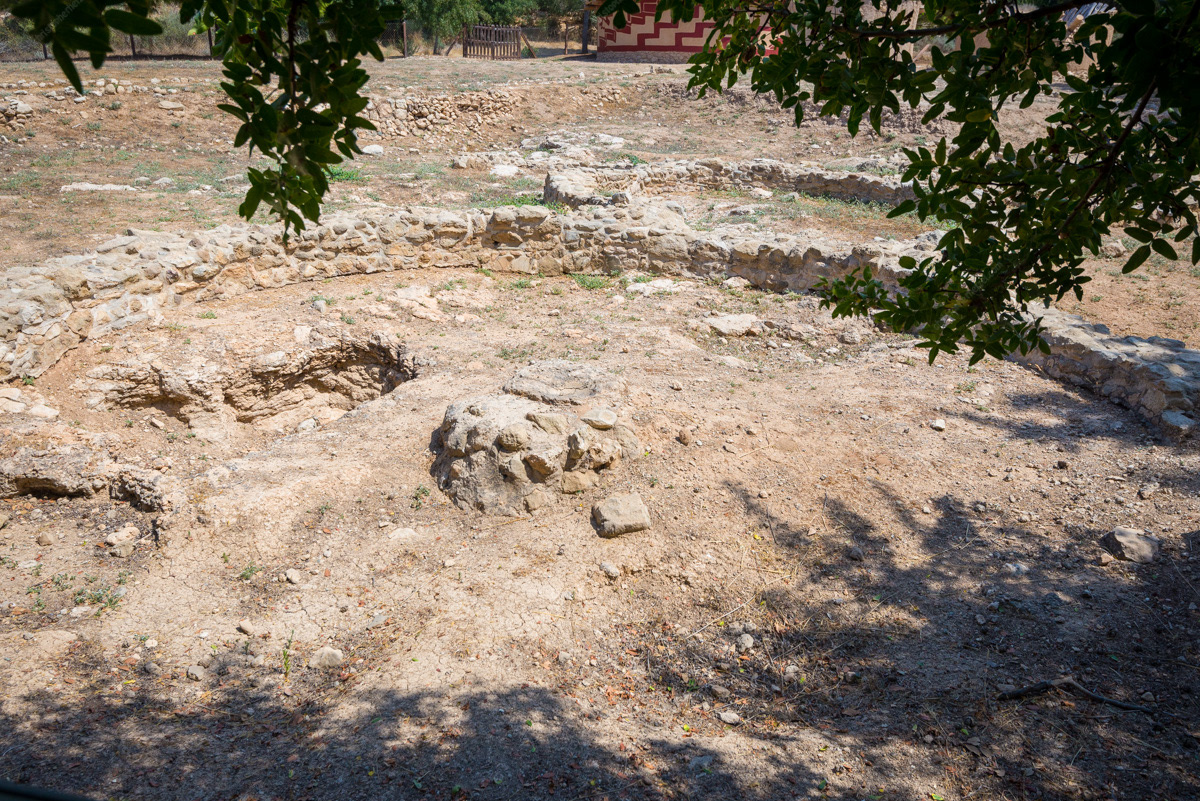
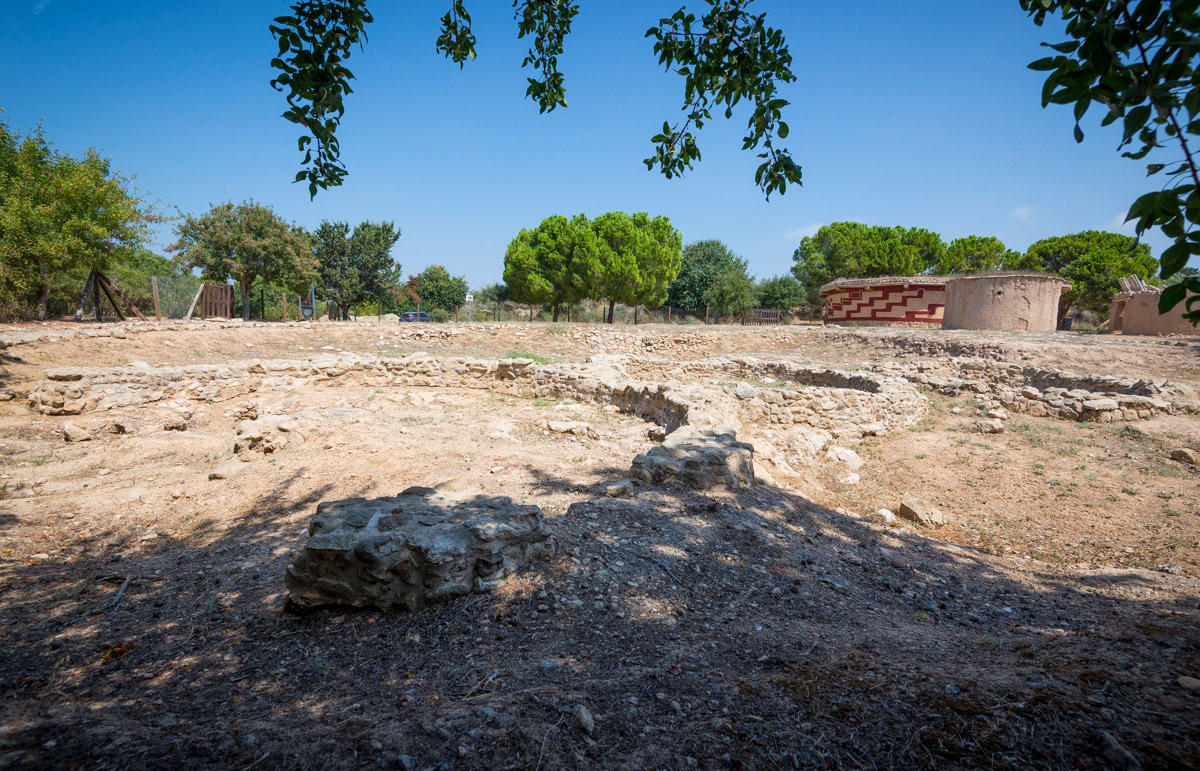
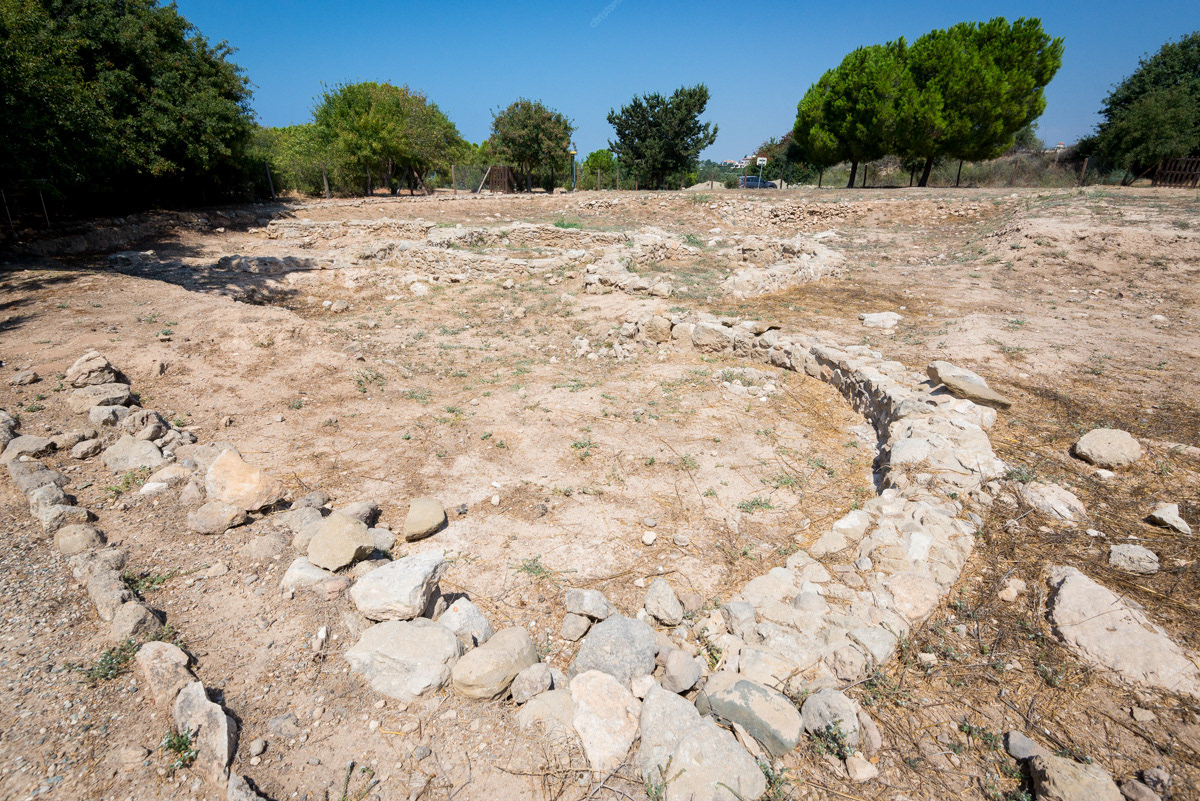
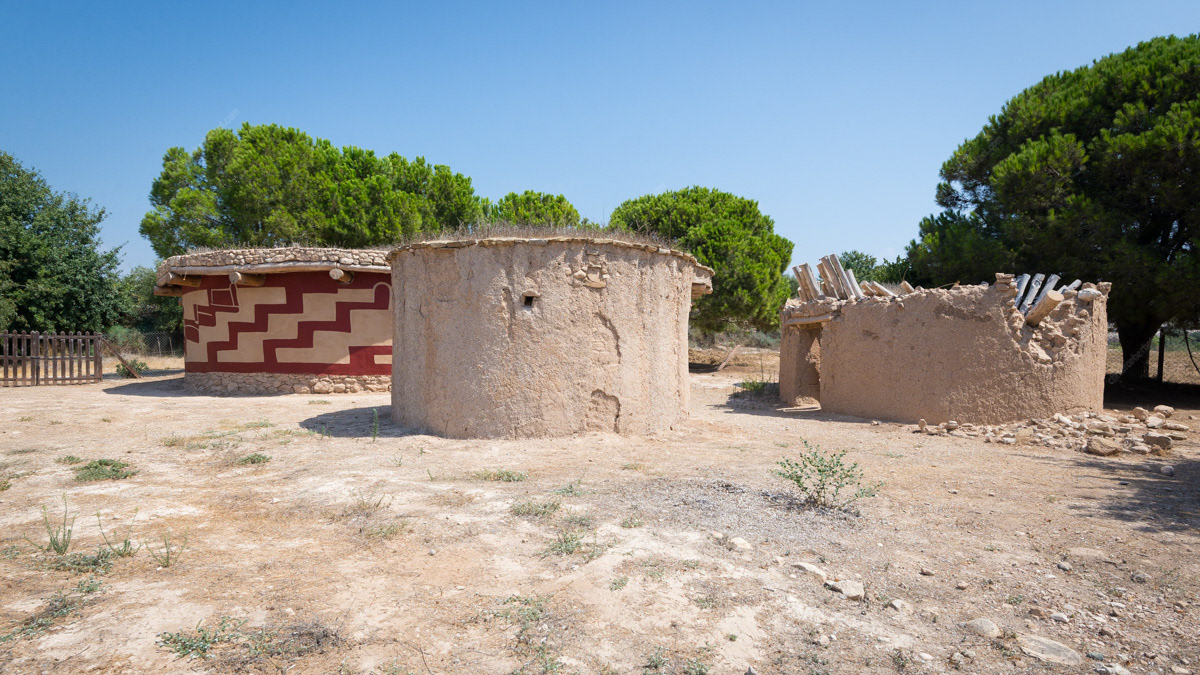
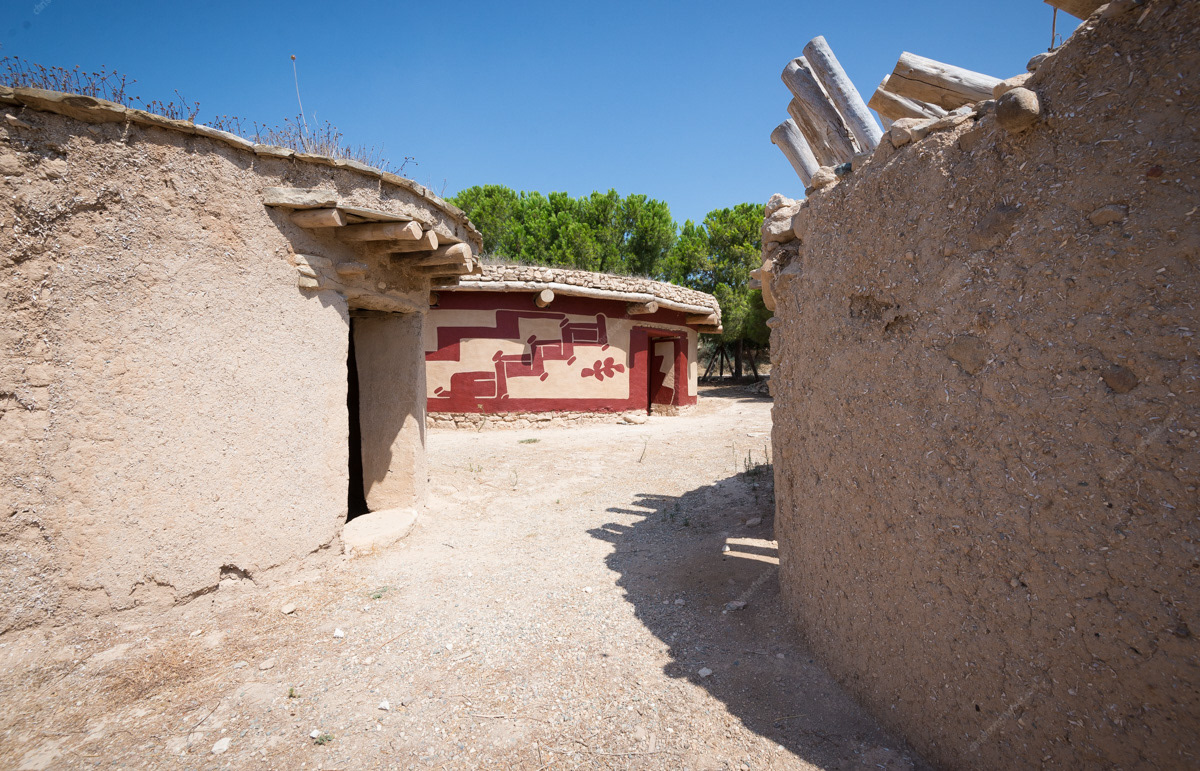

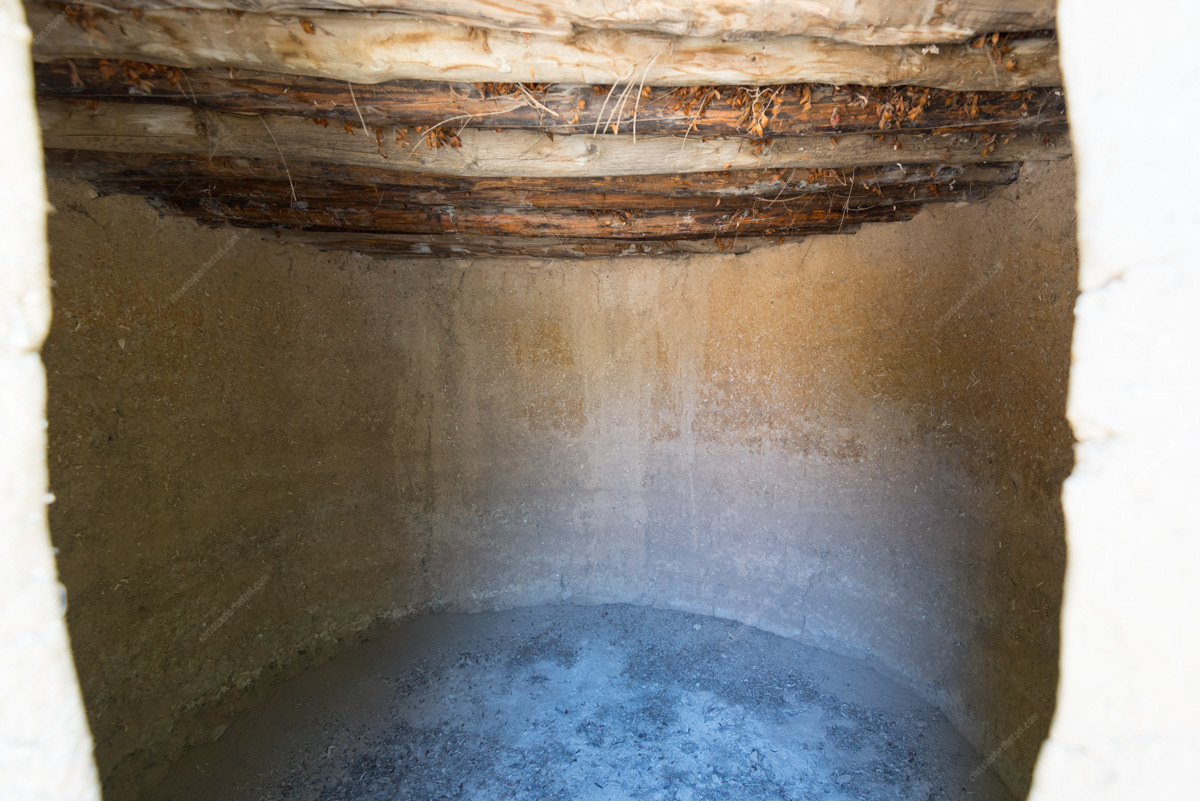
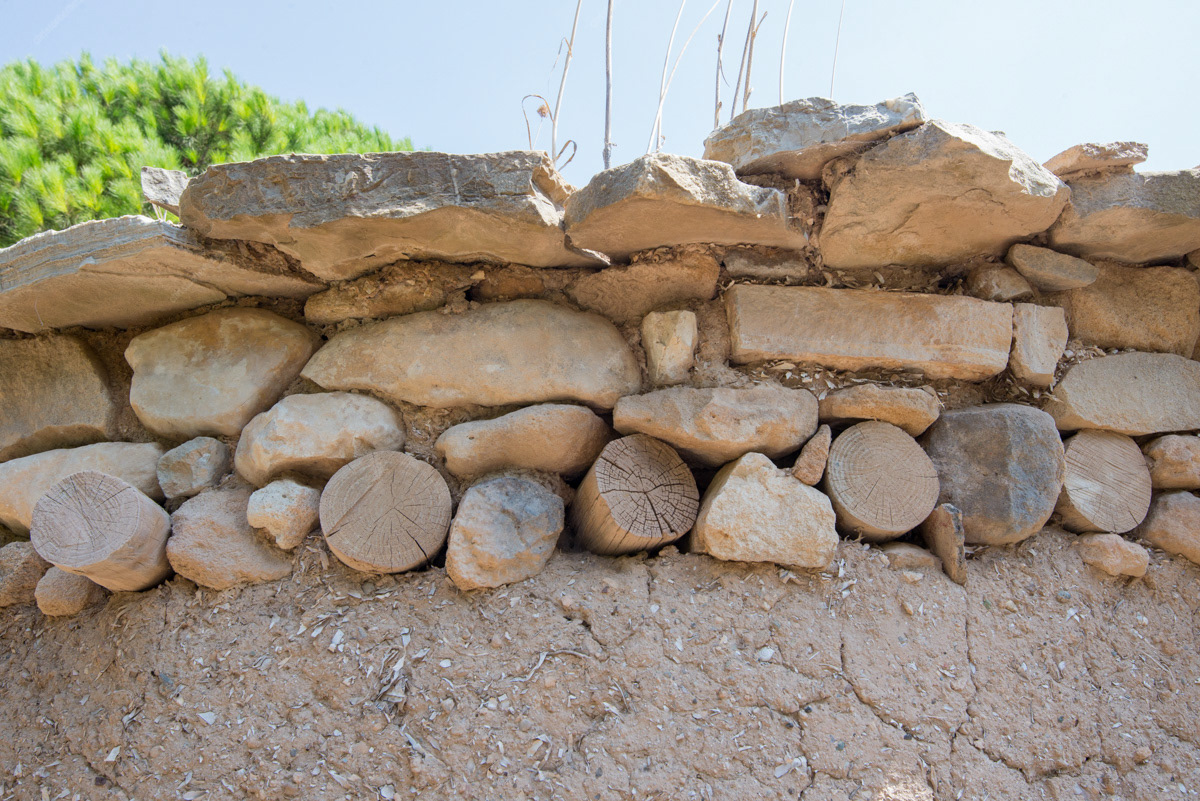
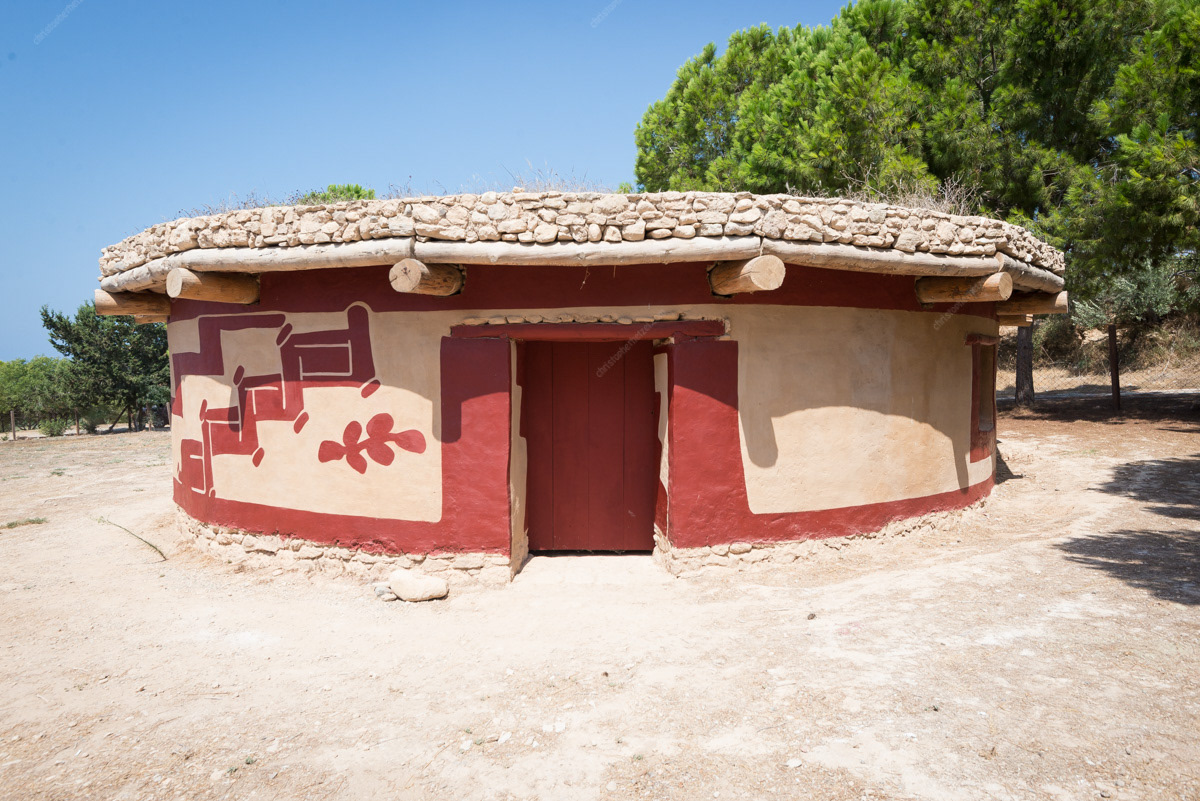

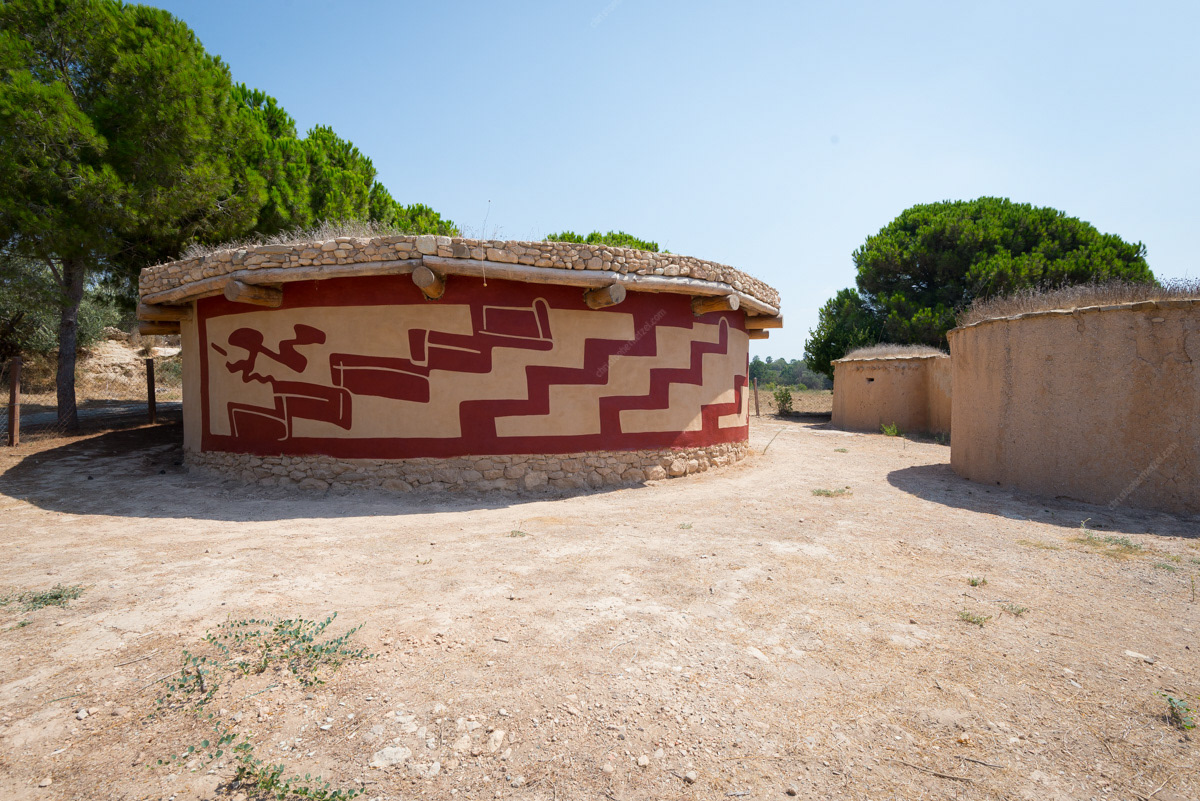
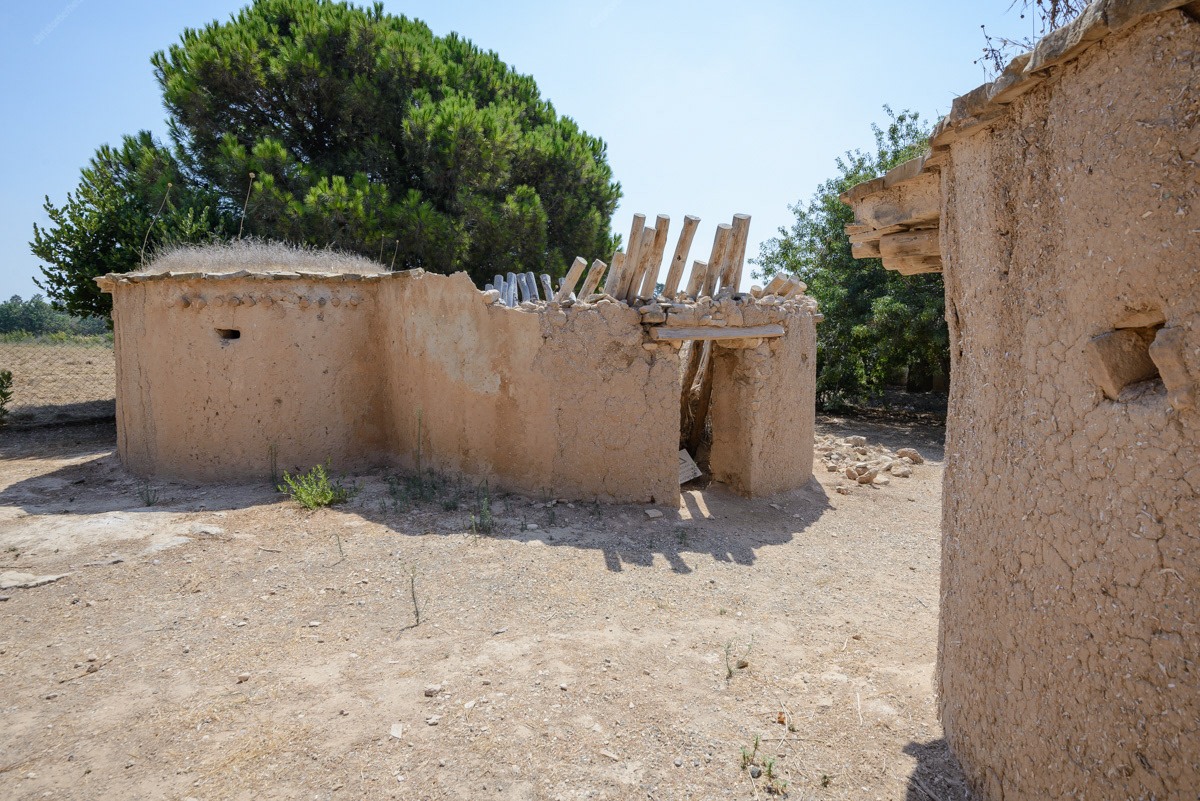
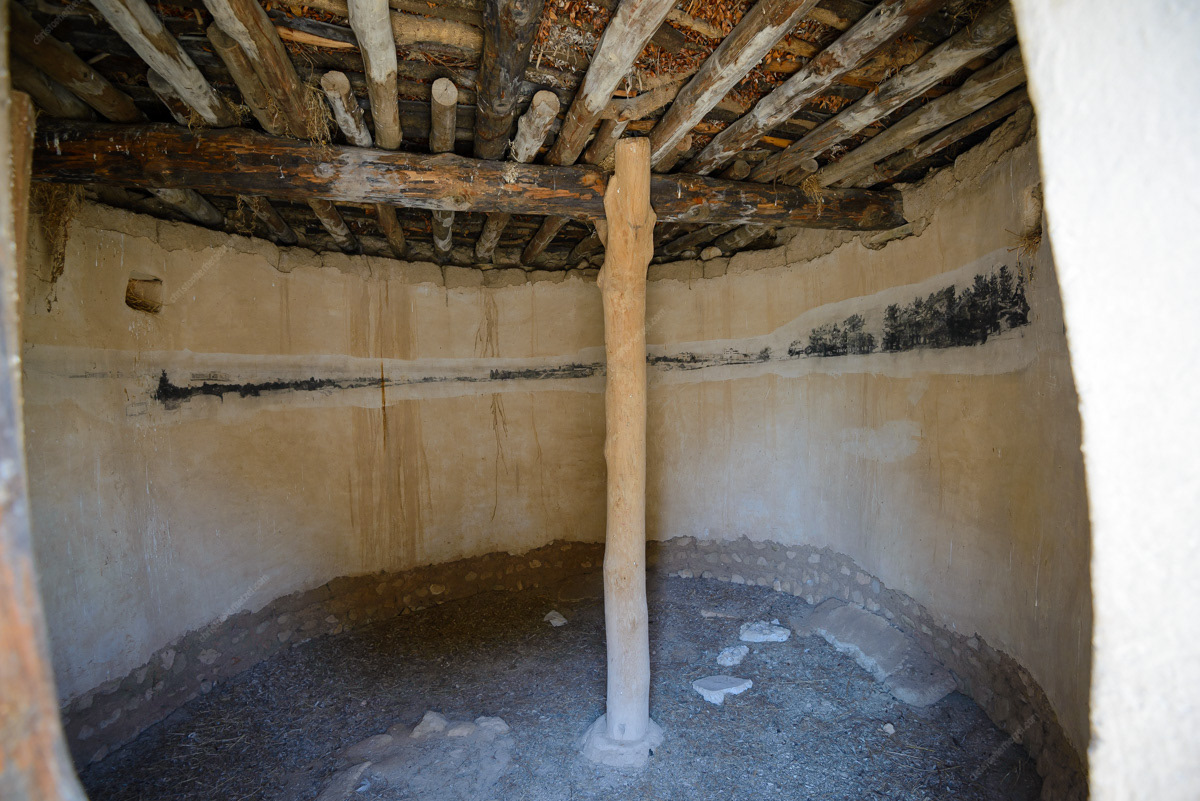
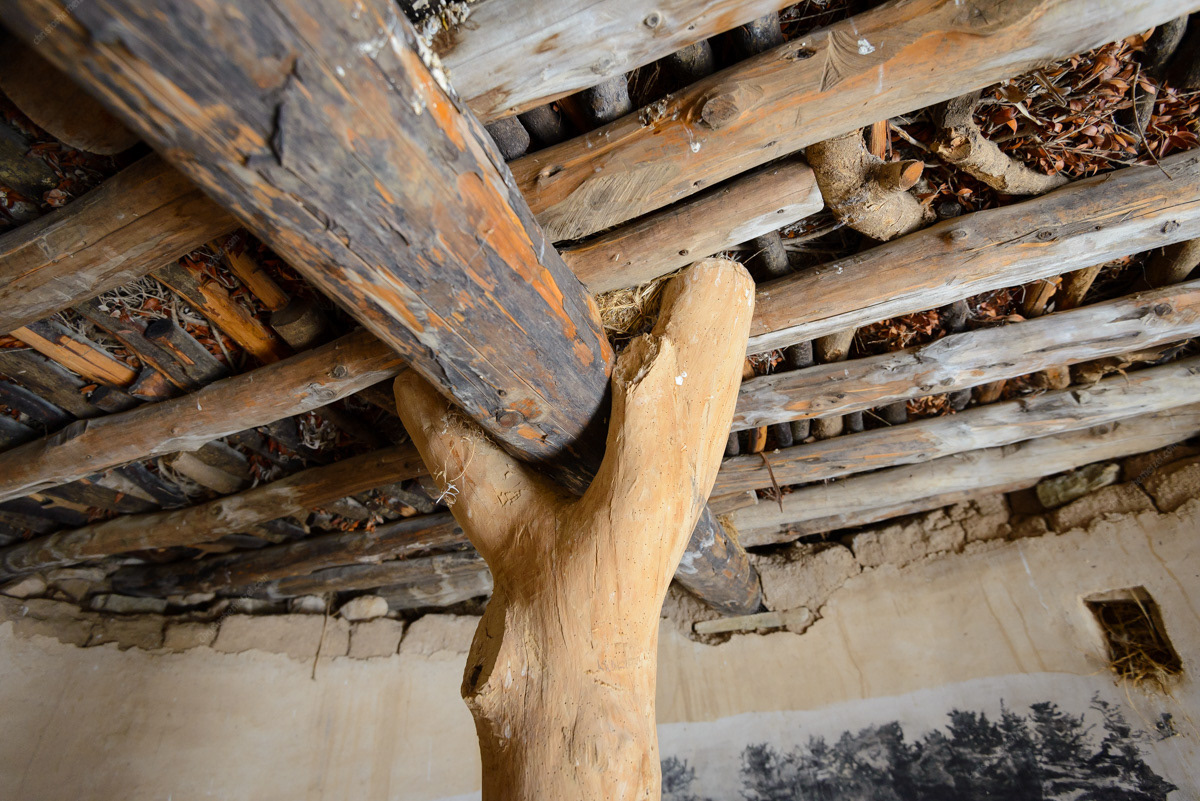
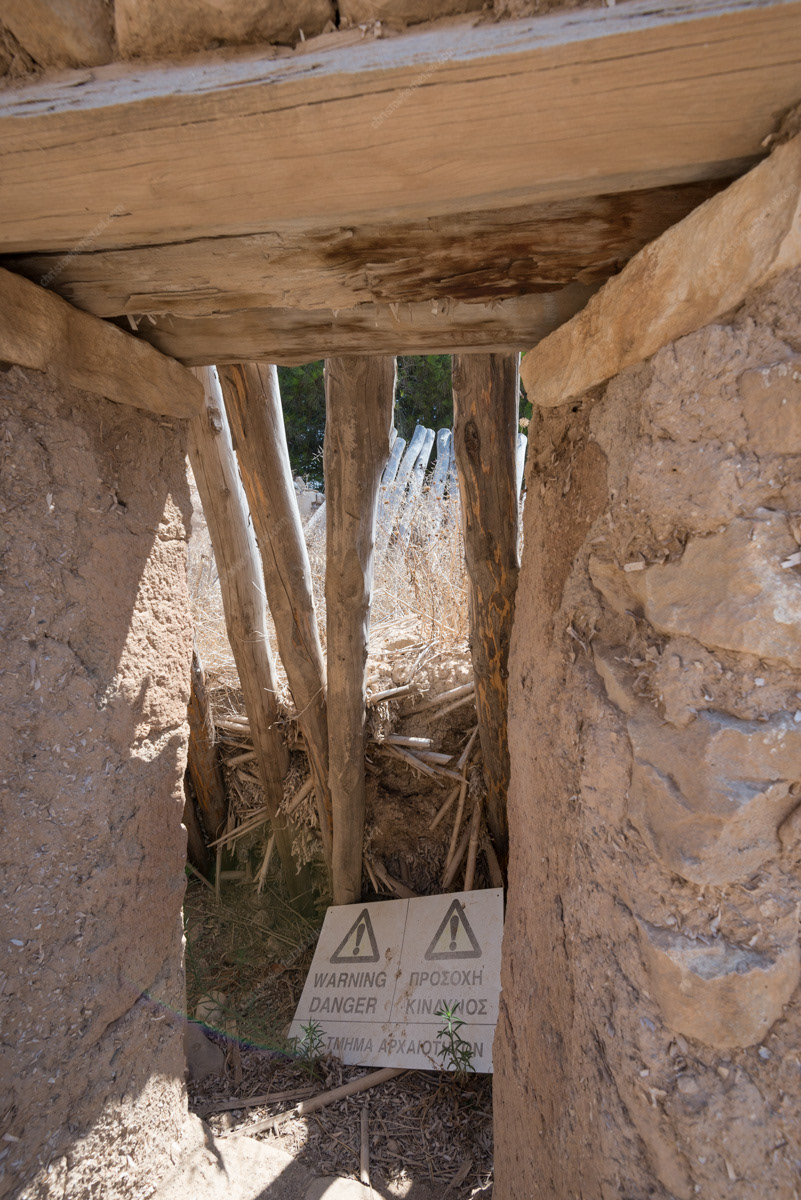
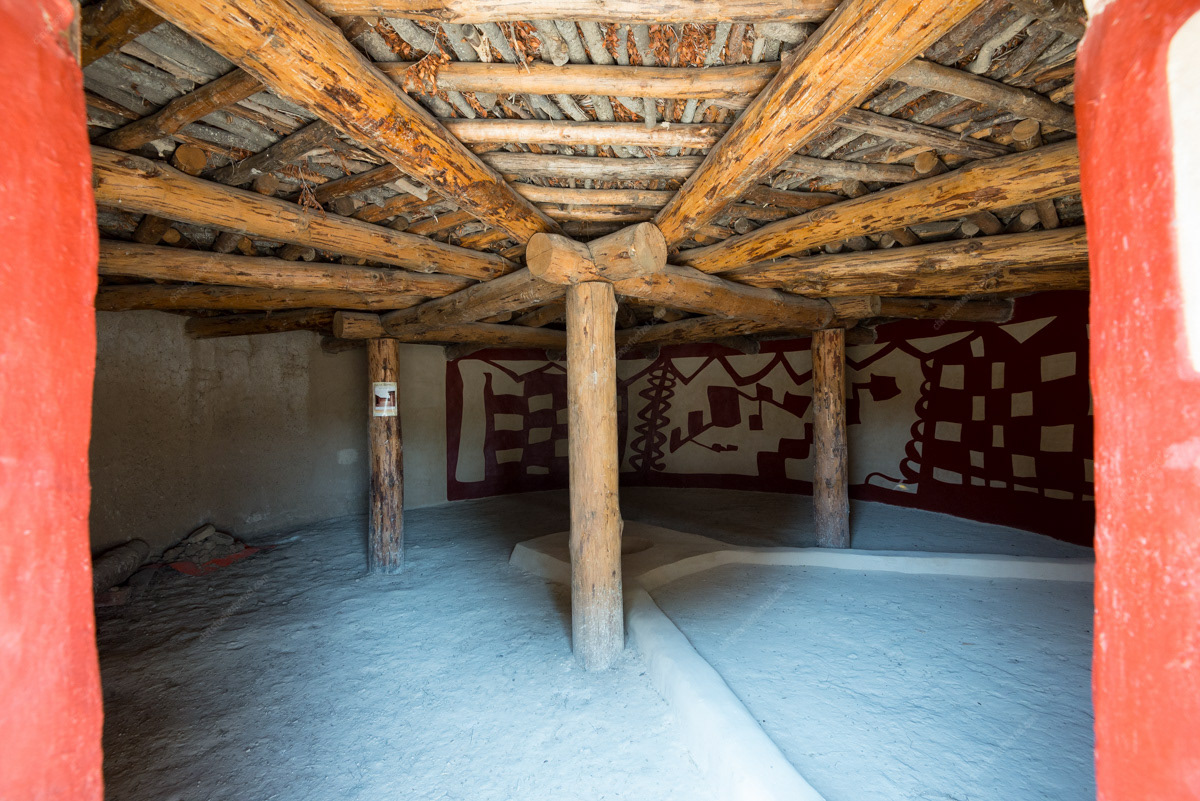
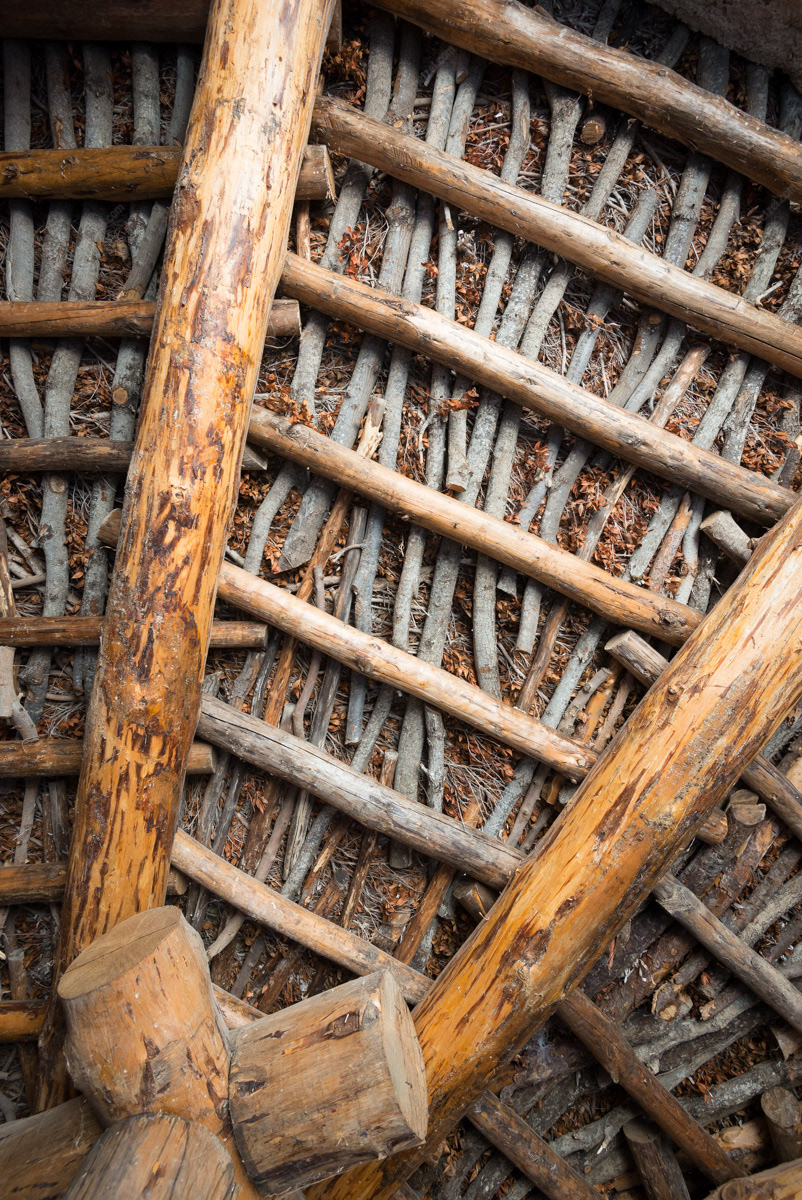
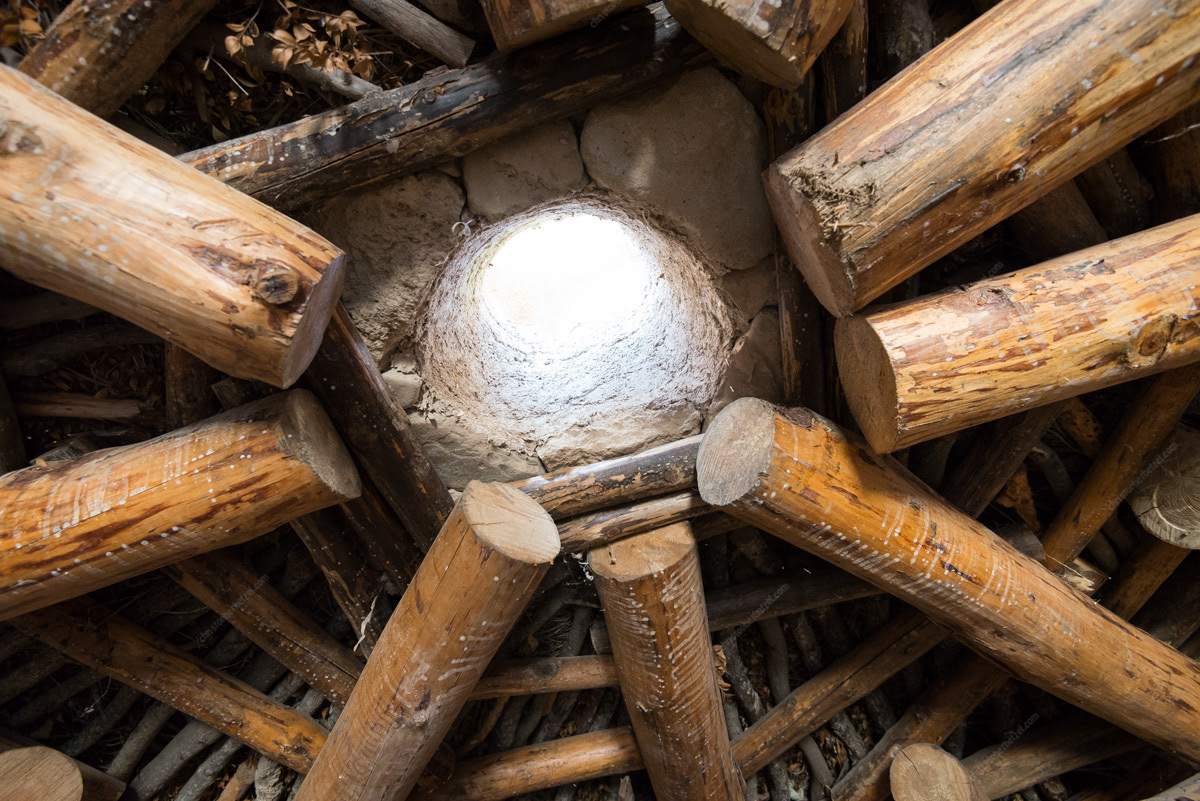
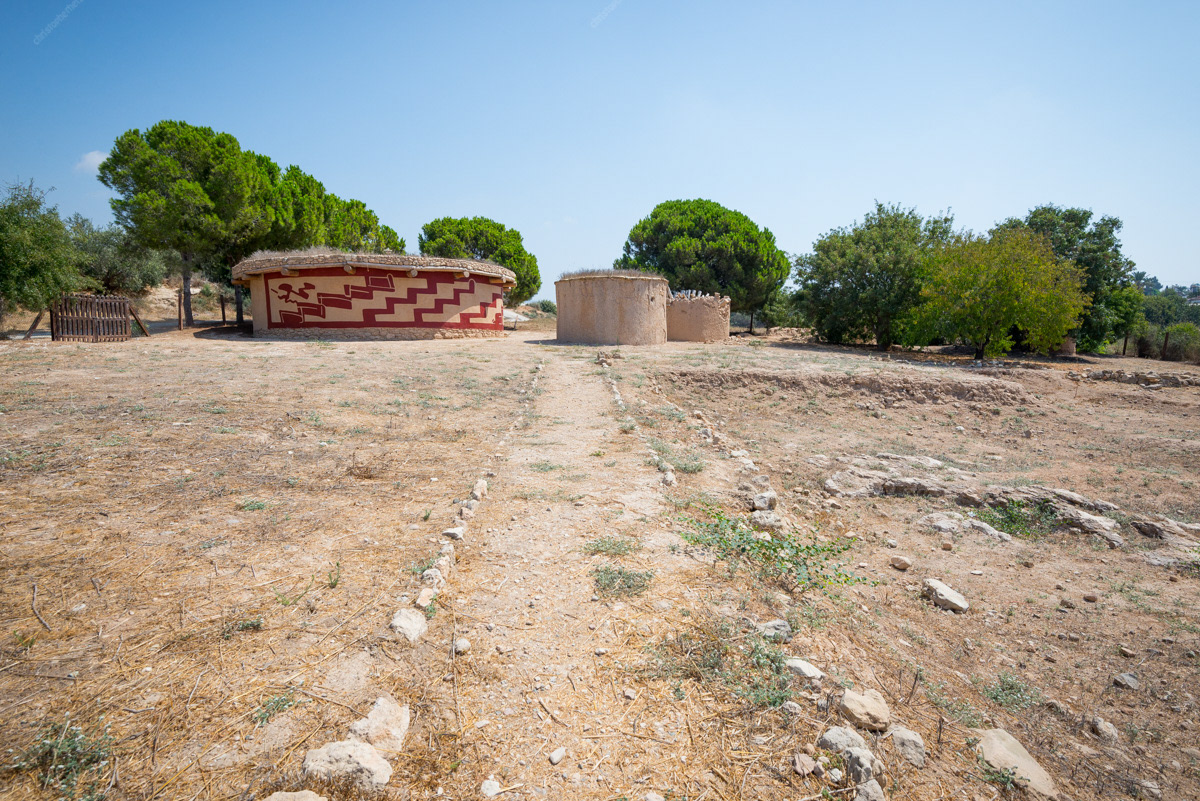
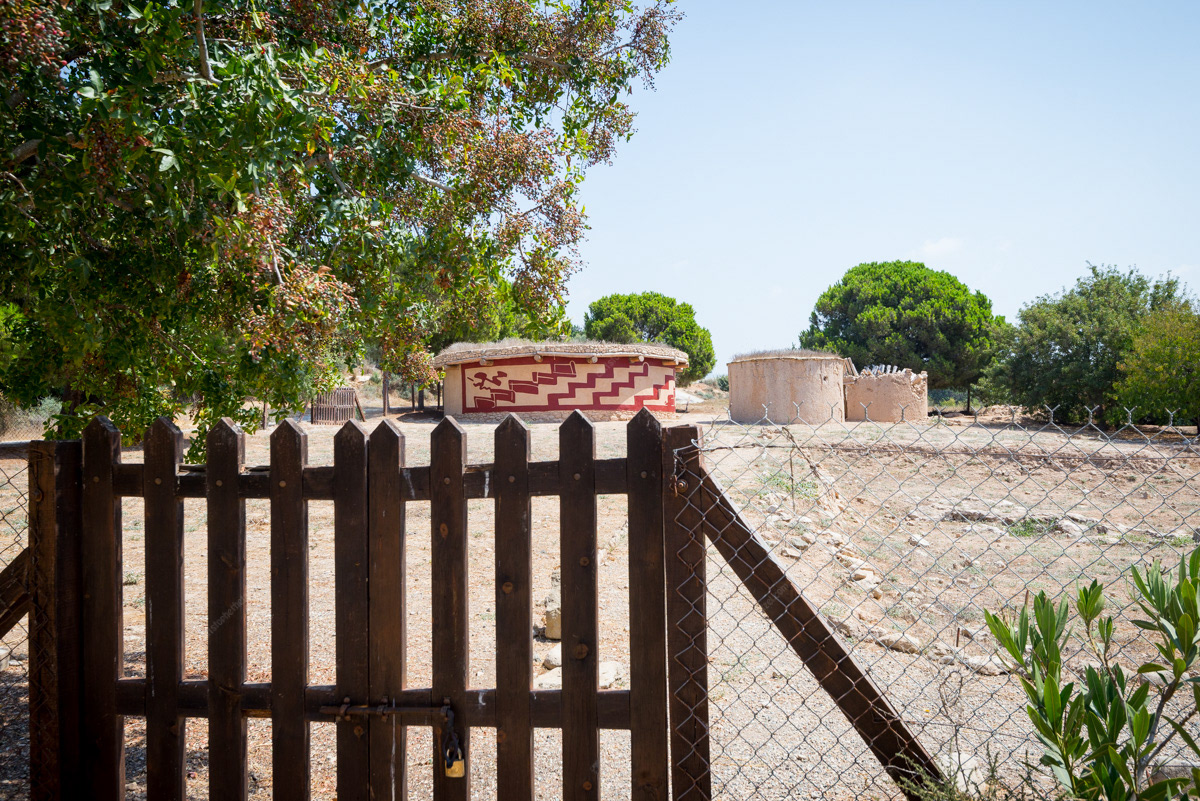
Return to Cyprus
